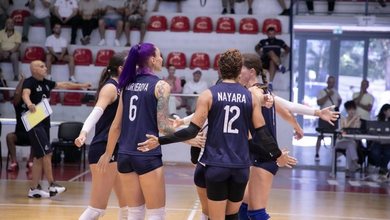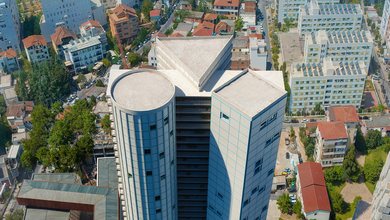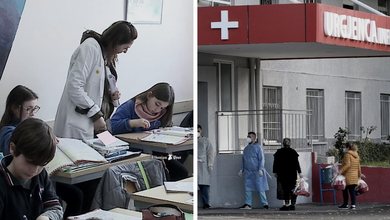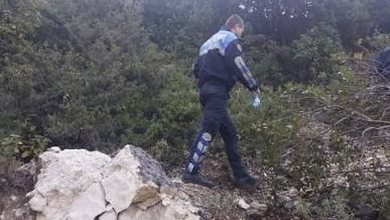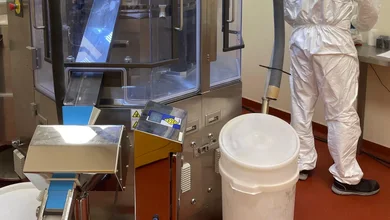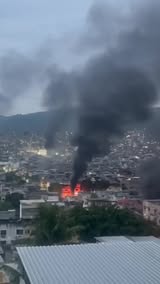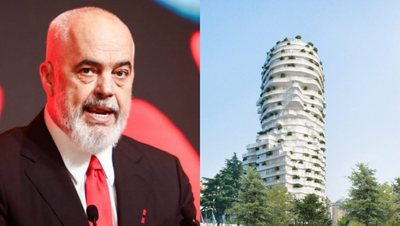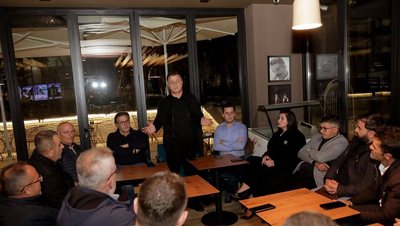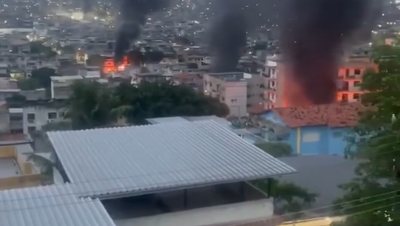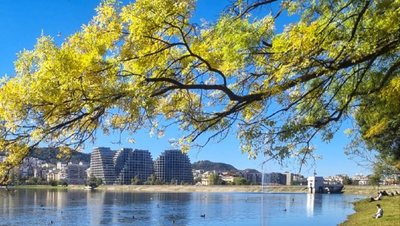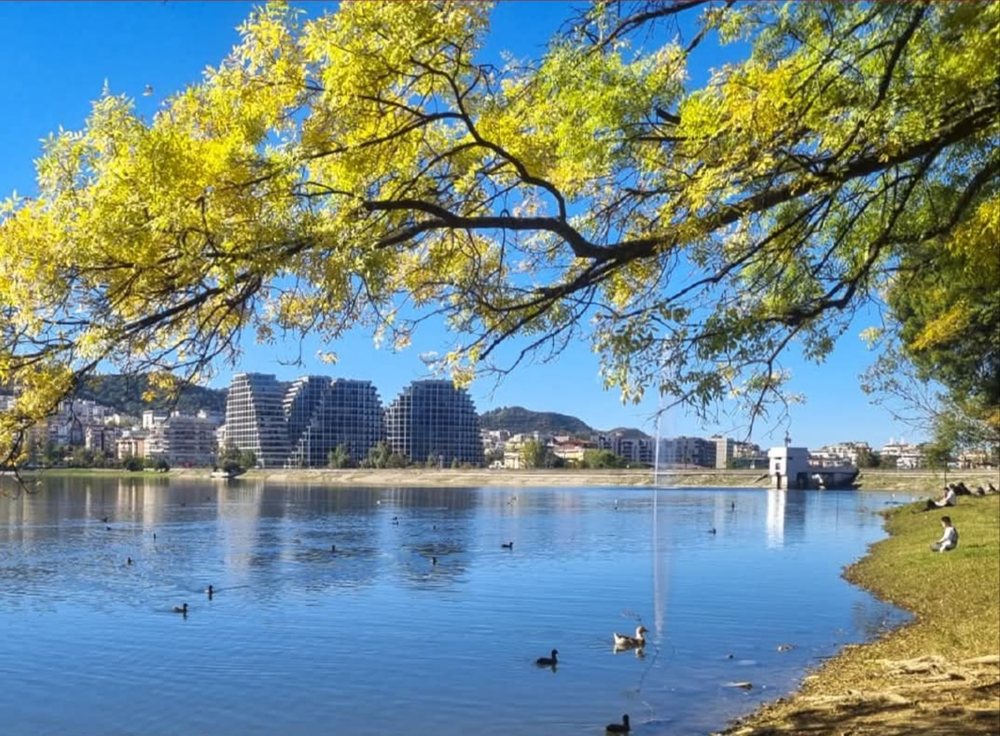
For 68-year-old Mit'hat, the Artificial Lake in the capital is the place where he spends more time than in his house that he has amidst the chaos of traffic, near New Tirana. "It's like a second life here" - he says as he continues - "I walk as often as I can, before I even fished for fun, but now there's something wrong. I see a lot of dead fish and they have put up signs that you're not allowed to fish" - he tells Faktoje.al, unaware that where he spends more than half of the day, living things are dying from severe pollution, including fish. "The increased content of nutrients (phosphates, etc.) as well as the low oxygen saturation, shows that this lake is in a eutrophic state ("Sick"). The deterioration of this condition will make it impossible for living things to live in this body of water". This is one of the definitions of the detailed study conducted on the pollution of the Artificial Lake, published in a report by the High State Audit. Environmental expert, prof. Gavrosh Zela, told Faktoje.al that the pollution situation in the Artificial Lake is very problematic and immediate measures are needed. “The main level of pollution coming from the discharge of untreated urban waters must be stopped and the situation must be kept under constant monitoring,” says Zela. From a field observation on the morning of October 29, we visually observed significant pollution, where even a water turtle has taken on the dark color of the sewage flowing from “the dense urban Tirana”.
Eight dark spots
In an area of 4.5 hectares, the Artificial Lake is located in a geographical position that unfortunately serves as a "discharge site for untreated urban wastewater (sewage)" at eight of its key points. In the southern part of the lake, where the Great Ring Road begins, the problem is the discharge of wastewater coming from the urban area of "Dry Lake", filled with many buildings and service units. Experts have identified 16 water discharge points, eight of which are considered very problematic, with large flows of wastewater. Also in the northern part of the lake, the presence of several premises and buildings at the start of the dam is considered another source of pollution. "The high content of nutrients and low oxygen shows that there are numerous discharges into the lake, both of substances rich in nitrogen and phosphorus, and of reducing substances, which consume oxygen.
Also, when there is an accumulation of biomass (vegetation), after the "death" of plants or algae, the decomposition process begins, which requires oxygen and leads to a decrease in the dissolved oxygen content in the water, especially in the hours of darkness, when photosynthesis stops and respiration occurs. This makes the oxygen balance a delicate factor that we must monitor in the lake," the KLSH report quotes in a recent study during the years 2024-2025. "Immediate measures are needed, first of all, the current sewerage must be disconnected and introduced into the Tirana sewage system. "Secondly, it requires continuous monitoring and encouraging businesses or the urban population to establish decentralized plants for the treatment of wastewater," says Prof. Zela, while emphasizing that with the current pollution situation, the greatest need is to fill the lake with clean water, which could bring an opportunity for cleaning and reducing the level of pollution.
analysis
Professors from the Faculty of Natural Sciences were contracted by the Parks and Recreation Agency to conduct analyses on the level of pollution of the waters of the Artificial Lake. “This phenomenon (this algae bloom) in the Artificial Lake of Tirana is a consequence and signal of the relatively high load (pollution) with nutrients (nitrogen and especially phosphorus) that are very likely to come from untreated urban waters, but not only, which can accumulate continuously in this lake… The collection and removal of discharges from the lake remains an urgent task for the Municipality of Tirana! But especially the collection and treatment of wastewater for the entire Tirana basin remains a challenge, as a necessity for the quality of life for humans and for all living things,” say the experts from the Faculty of Natural Sciences in the report. “The increase in temperatures and the reduction in the volume of waters is likely to worsen the situation during the summer season.
As a result, immediate intervention is required to verify and prohibit all discharges of urban, industrial, etc. wastewater, which may result from activities within the territory of the PMLAT or from the illegal mixing of wastewater with whitewater/rainwater channels that discharge into the lake. As a result, it is necessary to conduct analyses of fecal and total coliform loads (CFU),” they further emphasize. As for the chemical-biological assessment, a survey conducted by the Department of Chemical Engineering at the Polytechnic University of Tirana showed that the nutrient content in samples taken from the lake during January 2025 was very high. “Waters are called eutrophic when the phosphorus content is 0.020 mg/L. Meanwhile, the analyses conducted by the Polytechnic University of Tirana showed much higher values of phosphorus content, around 0.070 mg/L. Also, the oxygen content, although in the winter period, was with a saturation of around 55%, a very low value for this period. Without a doubt, in the summer season, the oxygen content will be lower and the situation will worsen," the report emphasizes, referring to the results of the analyses obtained from water samples taken at several points of the Artificial Lake.
The (ir)responsible ones
Regarding the alarming situation, the SAI auditors, based on the reports of experts from the Faculty of Natural Sciences, the National Environmental Agency and the Department of Chemical Engineering at the Polytechnic University of Tirana, who conducted an in-depth analysis of the pollution of the lake, requested that the responsible institutions take the necessary measures. In the report, which Faktoje has in full, the SAI emphasizes the institutional clash between the directorates under the Municipality of Tirana, where none of them took responsibility for the problem of the severe pollution of the Artificial Lake. "Assessing as a potential cause of pollution the flows of polluted water through the rainwater/white water channels that flow into the artificial lake of Tirana, the audit group has requested a plan of the extension of this network, information on their condition, as well as the relevant procedures for their cleaning and maintenance, from the structures subordinate to the Municipality of Tirana, such as APR (Parks and Recreation Agency), UKT (Tirana Water and Sewerage) and DPN2" - says the report. What response did they receive? In various letters, the institutions hold each other responsible, this is also confirmed by the documentation received by the KLSH. report.
"Regarding the above, APR informs that it does not have a map of the rainwater channels and that the employees of this institution only physically clean visible waste, such as leaves, branches, plastic materials, cardboard, paper, etc. This type of cleaning is carried out regularly so that they are clean and do not create problems with heavy rainfall. Also, the General Directorate of Maintenance, Roads, Lighting, Signaling (DNP 2), in its response to the questionnaire sent electronically on 12.03.2025, informs that it does not have a map/map of the rainwater channels, since the Tirana Lake is not managed by this directorate. The letter quotes that "from the verifications carried out by a group established for this issue, it resulted that there is no rainwater discharge point in the artificial lake of Tirana, since they are discharged into the collectors of wastewater which is managed by UKT sh.a". While UKT, in its response to the questionnaire sent electronically on 18.03.2024, states that "Regarding the rainwater drainage network, we inform you that their administration and maintenance is not carried out by UKT, but by the Municipality of Tirana through the General Directorate of Roads and Public Lighting, as well as the APR that manages the PMLAT territory" - the report emphasizes.
Pollution in every direction
Further, the SAI states that despite the fact that in the letters of the institutions subordinate to the Municipality of Tirana and the documentation generated by the National Environment Agency it is cited that "it was found that in 6 out of 8 points of discharge of white water there were leaks", none of the institutions subordinate to the Municipality of Tirana (which are directly or indirectly related to the administration of that territory, the cleaning and maintenance of rainwater channels or the sewage network), administers a plan of these white water channels that flow into the lake, to identify the extension and the path that the channels follow, to ultimately flow into the lake, at the same time to assess the urban areas through which these channels pass and that may have illegal interventions by connecting the sewage channels with the rainwater channels. The most recent analysis for this year showed that the water of the Artificial Lake is polluted by about 50 points more than the norm, while they describe it as "sick" and at great risk that if measures are not taken, the vegetation and living things will disappear, turning it into a "dead lake"./Faktoje


